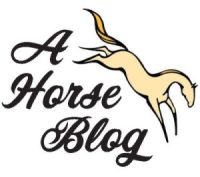Last Updated on February 7, 2023 by adminahb
1. What Is the Basic Care for Horses?
Horses are truly amazing and beautiful animals. But they are also very sensitive and they require a great deal of care and attention. Owning a horse requires not only understanding, but also patience and a lot of love. Caring for horses can be a lot of work, but it’s very rewarding. Before you decide to get a horse, you should ask yourself a few questions.

2. Understanding Herd Mentality
In a herd of horses, each individual submits to the authority. The leader is usually a confident horse, recognized as Alpha. The group follows this animal’s guidance. These animals are driven by herding instincts. They are always alert to their surroundings and on the lookout for any threat.
It is crucial to keep a low profile when being around horses. This is because, due to their evolution, they have a natural aversion to sound. Sound interference may interfere with their ability to detect potential hazards. An animal’s response to a sudden threat is called its “flight” response. This type of response is wired into the brain. Because a loud noise might startle your horse, it is best to speak in a calm, soothing tone.
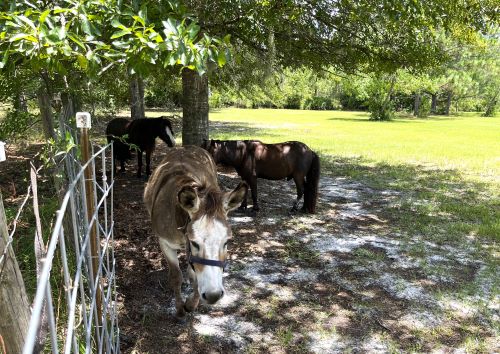
Horses are extremely perceptive. They can sense your emotions. When you are happy, they are too. They anticipate nervousness and fear. After all, you can just ‘think’ a movement when you are on your horse and they will respond to your thoughts. Try this!
DISCLOSURE: THIS POST MAY CONTAIN AFFILIATE LINKS, MEANING I GET A COMMISSION IF YOU DECIDE TO MAKE A PURCHASE THROUGH MY LINKS, AT NO COST TO YOU. PLEASE READ MY DISCLOSURE STATEMENT FOR MORE INFO.
3. You and Your Horse’s Relationship
A positive, lasting bond with your steed will require: mutual trust, combined with mutual respect, affection with obedience, and a willingness to please. A horse and rider relationship requires a lot of trust. The bond between a horse and rider is unlike any other.
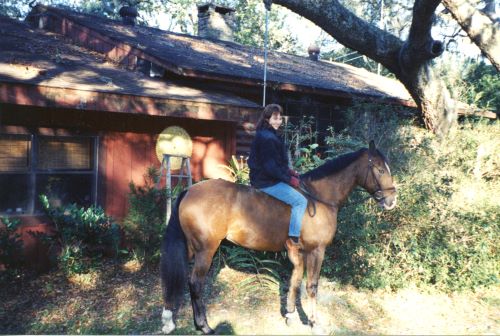
A horse is an animal that lives in the moment, and is very sensitive to its environment. A human, on the other hand, is very aware of his or her surroundings, and is able to make decisions based on past experiences. A relationship between a human and a horse is very unique, and it requires a great deal of trust and communication. For a happy horse and rider, a bond of mutual trust and confidence must be established between both the horse and the rider.
A happy, well-adjusted, and content horse will reward you with years of enjoyment. A neglected, abused, or unhappy animal will, at best, be difficult to handle and, at worst, dangerous. A poorly-trained or ill-tempered steed will, over time, become unmanageable.
A well-trained, well-mannered, and contented equine will, in time, become a willing and obedient servant. A loving, trusting, and mutually respectful relationship between a rider and his or her horse is the foundation of a successful equestrian career.
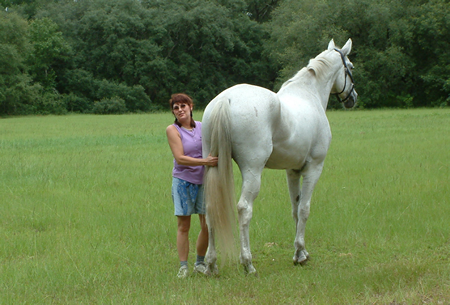
A bond between a trainer and his or her student is, likewise, the foundation upon which a riding instructor builds his or her business. A poor, one-sided, or unbalanced relationship will, sooner or later, result in disaster. A positive, supportive, and mutually beneficial partnership is, however, the key to success. A solid, stable, and enduring friendship is, ultimately, what every good teacher hopes for.

One of the best books on training and helping horses and other animals is Improve Your Horse’s Well-Being: A Step-by-Step Guide to TTouch and TTeam Training.
A mutual respect, trust, and appreciation between a student and his or her mentor is, therefore, essential. A teacher who is respected, trusted, and admired by his or her students is, in turn, able to inspire them to achieve great things.
A productive, rewarding, and beneficial association is, in fact, what all teachers want. A symbiotic relationship between a teacher and his or her pupils is, consequently, what all educators strive for. A reciprocal, collaborative, and complementary alliance is, after all, what all riders desire. A mutual trust, respect, and appreciation for one another is, after all, what all horses deserve.
4. Inspect Your Horse to Ensure Your Horse Is Healthy
Inspecting a horse involves looking at its body, teeth, ears, eyes, tendons, joints, coat, hooves, etc. to ensure it is in good health. You should do this regularly. The condition of the body, as well as the overall health of the animal, should be apparent.
Before every ride, you should thoroughly inspect your horses. This is particularly important for performance horses and competition animals. You should check each leg and hoof for swelling, bruises, or cuts. You should also check the legs for heat and any abnormal warmth.

Check each foot for cracks or chips. Also, check for any signs of lameness. The back and shoulders should be examined for signs of stiffness or soreness. The eyes should be bright and clear. The ears should be clean and free of wax. The teeth should be checked regularly for wear and damage. On top of your veterinarian, a good equine dentist comes in handy as well as a farrier who is trained in both cold and hot shoeing as well as barefoot.
The coat should be shiny and clean. The animal should be in good physical condition. The animal should be free from any parasites, re: Ivermectin, etc. The hooves should be trimmed and filed. The saddle should be adjusted and fit correctly. The bridle should be clean, polished, and in good condition. The bit should be the correct size. Many specialized bits in Dressage come in quarter and half sizes.
Any irregularities should be reported to your veterinarian. Horses are large animals that require regular maintenance. Regular checkups are important, and annual visits are recommended. Even if your horse is living a sedentary lifestyle, it is still important to visit the vet at least once a year.
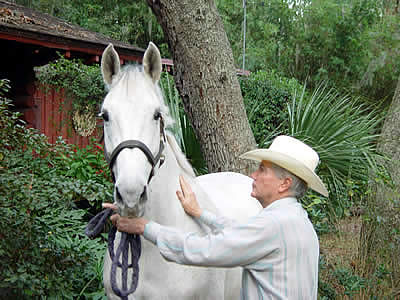
Your vet can inspect your horse’s teeth, eyes, and ears, and check for any signs of illness. Your veterinarian may also recommend additional tests, such as blood tests, depending on your horse’s age, health, and breed.
Your veterinary technician can show you how to care for and clean your horses, and can give you advice on feeding, training, and exercising. Your equine dentist can inspect, grind, and polish your horses’ teeth and advise you on how to care for their teeth.
Mares are female horses that come into season every spring. During this time, the hormones that control their reproductive system are out of balance. This can cause mares to act erratically, and they may behave aggressively towards other horses and people. If your mare kicks during this time, you may want to tie a red ribbon on her tail to warn people. A lot of whinnying may occur at this time, too.
Stallions are male horses that become sexually mature and are able to reproduce. They can become very aggressive during this time, and may try to mate with anything that moves! When around a horse that is in season (heat, estrus), it is important to exercise caution. Do not get too close to the horse, and try to avoid touching it.
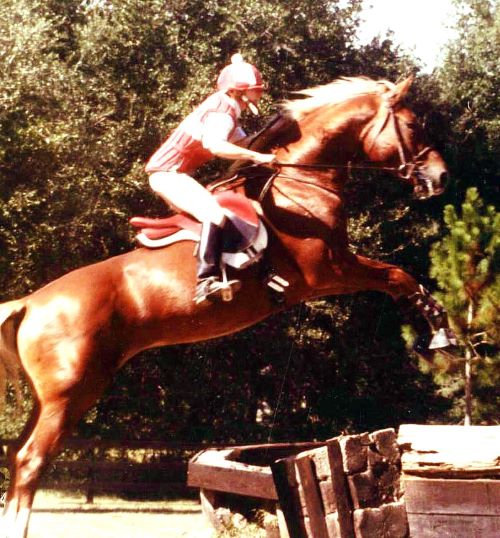
If another animal approaches, try to move away. If you are approached by a stallion, do not run. Instead, stand still and face him. Do not make eye contact, and do not make any sudden movements. If you are attacked by a stallion, do not fight back. Try to stay calm, and move away from the horse. If you are unable to escape, curl up into a ball and cover your head with your arms.
5. Horse Grooming Is the Art of Taking Care of Horses
Keeping your horse clean and groomed is an important part of caring for your animal. A dirty or sweaty body can lead to a number of health problems, including skin infections, hair loss, and respiratory problems. Keeping a clean, well-groomed appearance is also important for showing and competition. A poorly-groomed or unkempt-looking animal can be not only unappealing to judges and spectators, it can also cost you a ribbon in the ring.
There are a number of different ways to keep your horse clean. First, you should brush your equine daily. This removes any loose hair, dust, and dirt. It also stimulates the skin and distributes natural oils. This SleekEZ de-shedding tool is fantastic for getting the winter hair off of your horses. I also love the StripHair Gentle Groomer used to both massage the animal or strip hair. This can be used all year long.

You should pick out your animals hooves regularly. This helps prevent thrush, a fungal infection of the hoof. Kelcie’s combo pick and brush looks really cool to clean hooves. It also works great on dogs.
You should also wash out any sweat or oil from the saddle pad or girth. Sweat and oil can irritate the skin, and can cause skin problems. Finally, you should remove any dirt and debris from the legs and body of the animal.
This is a good time to check the horse-related equipment you use, such as tack, blankets, and grooming supplies. You may need to clean or repair your equipment, or buy new parts.
6. Taking Care of Your Barn
Keeping your horses’ stalls clean and well-maintained is an important part of caring for them. Horses spend the majority of their time in their stables, so it’s important that their living space is clean and comfortable. A dirty, messy, or wet stable can lead to health problems for a horse. A damp, muddy, or dusty environment can cause respiratory problems, and a wet or soiled floor can breed bacteria and cause infections.
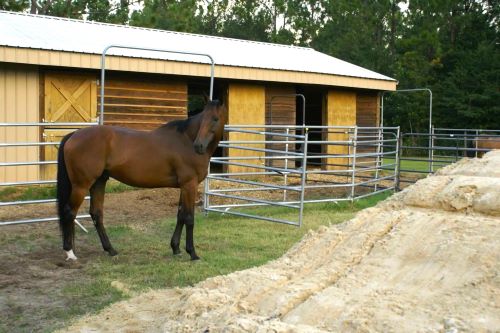
A poorly maintained barn can also be a breeding ground for insects, rodents, and other pests. Keeping the floors clean and dry, and replacing any damaged flooring, can help to prevent these problems. A daily cleaning routine is also important. A thorough, regular cleaning of the stable and any equipment that comes into contact with the horse, such as grooming brushes and saddle pads, can help prevent the spread of disease.
A thorough cleaning of the tack room is also essential. The tack room is where any tools or supplies that come into contact with the horses are stored, so it’s very important to keep it as sanitary as possible. Cleaning the tack room and any tools that come in contact with the equine on a regular basis, such as hoof picks and curry combs, can prevent the spread of infection.
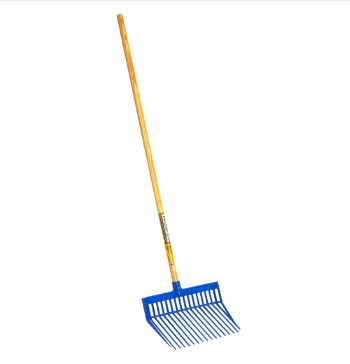
A bucket(s) of water should also be kept in the stable at all times. A fresh supply of clean water is essential for the health and well-being of your horse. Empty and refill the bucket at least once a day. A stagnant, uncleaned, or contaminated water supply can harbor harmful bacteria and viruses, which can spread to the horses and lead to illness.
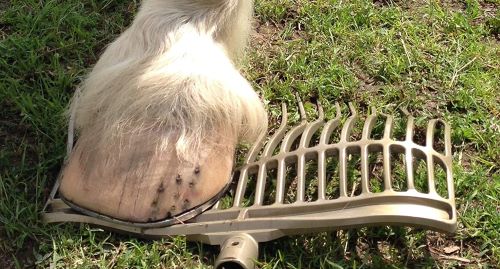
A well-managed, well-kept, and clean stable is a healthy environment for horses. A daily routine of cleaning and disinfecting the facilities, and regularly checking and refilling the drinking water, can help keep your animals happy and healthy.
7. A Well Trained Horse
The intelligence of the horse increases rapidly with education. An intelligent trainer can make an intelligent and obedient animal. A kind but firm instructor will result in an obedient but pleasant animal. A harsh but patient teacher will train a stubborn but willing student. Be gentle and persistent and you can mold a timid horse into an eager athlete.
Horse training involves teaching a horse to obey commands. Training horses requires patience, diligence, consistency, and understanding. You must teach your horse need a number of basic behaviors, such as walking in a straight line, stopping, turning, and so on.

As the trainer, you need to stay calm and consistent in your training. Watch your horse to understand your horse and their habits. Horses learn best from repetitive motions. Getting a young, untrained foal used to humans can be difficult. The foal will usually run away, so it is important to remain calm.
Young, inexperienced riders may sometimes fall off, too. This is normal. Indeed, learning how to stop the horse safely – without panicking – is a very important lesson that must be learned. When I was a young rider, I never had a fall. It wasn’t until I had a craniotomy and bought a ‘dirty’ horse named Sunny, who offed me almost 20 times in the 2 years I owned him!
The many falls I had from Sunny resulted some from the craniotomy, but mostly from the horse himself. The next horse I got, Rocki, was a sweetie that didn’t try to off me at every opportunity. Read more about this in a later post.
Once the horse is trained, many owners choose to ride Dressage, which involves a series of movements. These help develop the muscles in the legs of the rider, as well as those of their horse. Dressage is also excellent for teaching the horse to be balanced, supple, and responsive.

Dressage will help you understand what it is like for a horse to be ‘on the bit’ where you are able to just think a movement and your horse will comply. Remember the saying “inside leg to outside rein”, where you use your lower inside leg (think: your leg on the inside of a circle) to squeeze or cue your horse and you almost simultaneously squeeze your reins in your outside hand to generate energy for an upward/onward movement. It’s a 1-2-3 movement that you are constantly doing while riding your horse when engaged and through.
The primary objective of Dressage and training is that the frame in front should express the engagement and throughness from behind and the rider in harmony with the horse on the aids; the frame in front should not be the result of hanging on the reins.
The driving (energy) leg of a horse is the inside hind leg. The outside rein acts as the energy’s stabilizer. The body length is properly compressed using this technique, which controls the horse’s balance according to its level of ability.
The energy leg of a running horse is its inside hind leg. Reining, which is a type of competition, involves horses performing tasks that are similar to those needed for dressage, such as bending, stopping, turning, etc., except that riders perform these tasks instead of the horses. In this type of sport, the outside rein acts to stabilize the animal. Body length is properly maintained when riding a reined cowhorse, which is a type used for cutting, roping, and working cattle.

If you have an untrained horse, usually a young horse, but also a newly gelded horse or one that is pulled from the pasture after being a broodmare, you will need to be patient, consistent, diligent, and calm.. If you are able to get a horse trainer for this part, it will make your day a lot better!
8. Teaching Your Horse to Perform Various Tasks Will Require Patience and Understanding
You need to teach your horse to walk — yes, I mean like how to walk a straight line! You need to teach how to stop – really important. How to turn – lots of turning training; good exercise to get your horse under control. Also, how to stand still – not so easy a task! And there will be other skills. This is where learning and applying Dressage techniques is invaluable. Learn how to get your horse ‘on the bit’.
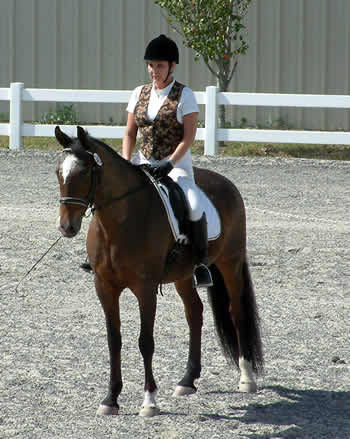
Training skills require a lot of practice, so you should stay patient. Your horse will need to be given lots of positive reinforcement. You also need to be patient with yourself, as you are bound to be inconsistent every now and then. Finally, you need to know and understand your horse well.
Riders who are new to the sport may also fall, but this is a normal occurrence. Riders that have been in the sport have surely fallen at some point in their lives. I have fallen many times! Just learn how to handle these situations, and how not to panic. (See my comment above.)
Many people who own trained horses use the dressage style of riding. This structured type of horseback riding helps develop the leg muscles and balance of the rider, as well as the horse’s. It also aids in developing a horse’s suppleness and responsiveness. An intelligent, well trained, and disciplined horse benefits immensely from a good, knowledgeable, and skilled rider. A talented, experienced, and skillful instructor can train a stubborn, unruly, and unintelligent animal into an obedient, well-behaved, and highly intelligent companion.
